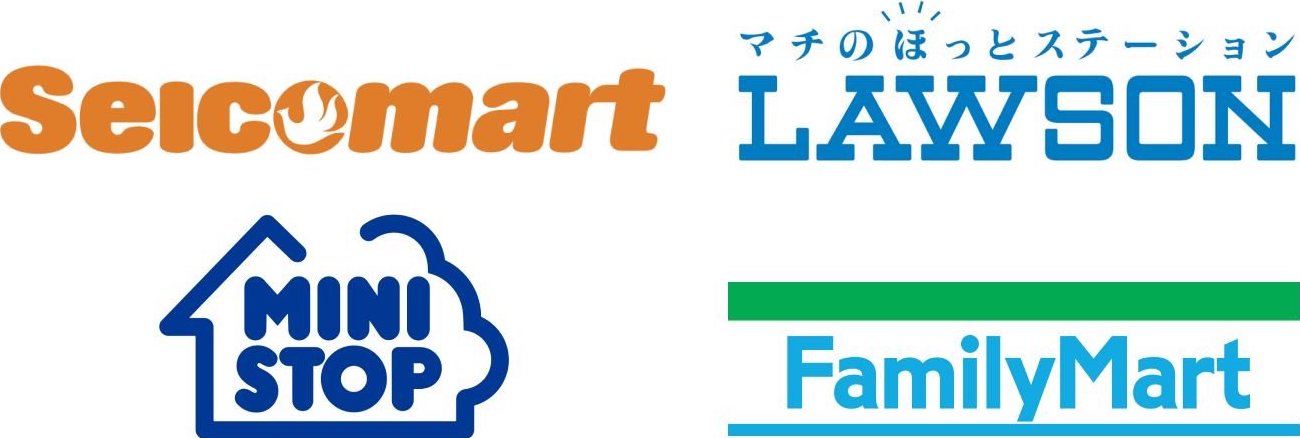
All countries
Payment methods in Japan
Here are the top takeaways you need to know about the Japanese e-commerce market:
- In 2022, 13% of all retail purchase in Japan were made online and were worth US$200 billion — rising to US295 billion by 2027.
- Popular digital payment methods in Japan include PayEasy and Konbibi. Surprisingly, consumers still pay for 8% of online transactions with cash.
- Japanese shoppers complete 39% of all online purchases using a mobile device, up from just 27% as recently as 2020.
- Seventy-six percent of Japanese have a credit card, but online shoppers use cards in just 64% of all transactions.
- Almost a third of Japanese shoppers buy from overseas merchants, spending more than US$30 billion in 2022.
Population
Online Population
B2C E-commerce
Banked Population
Credit Card Population
E-commerce of Total Retail
Payment Method Breakdown
- Card 64%
- Cash 8%
- Bank Transfer 7%
- E-Wallet 12%
- Other 8%
[{"label":"Card","value":"64"},{"label":"Cash","value":"8"},{"label":"Bank Transfer","value":"7"},{"label":"E-Wallet","value":"12"},{"label":"Other","value":"8"}]
Card Scheme Breakdown
- Visa 33%
- Mastercard 21%
- American Express 2%
- Local schemes 44%
- Other 0%
[{"label":"Visa","value":"33"},{"label":"Mastercard","value":"21"},{"label":"American Express","value":"2"},{"label":"Local schemes","value":"44"},{"label":"Other","value":"0"}]
Cross-Border E-Commerce
31
Online shoppers who have shopped cross-border
17
Cross-border proportion of total e-commerce
31 bn
$US
Value of cross-border e-commerce
Top cross-border shopping origin markets


